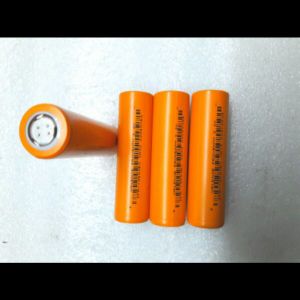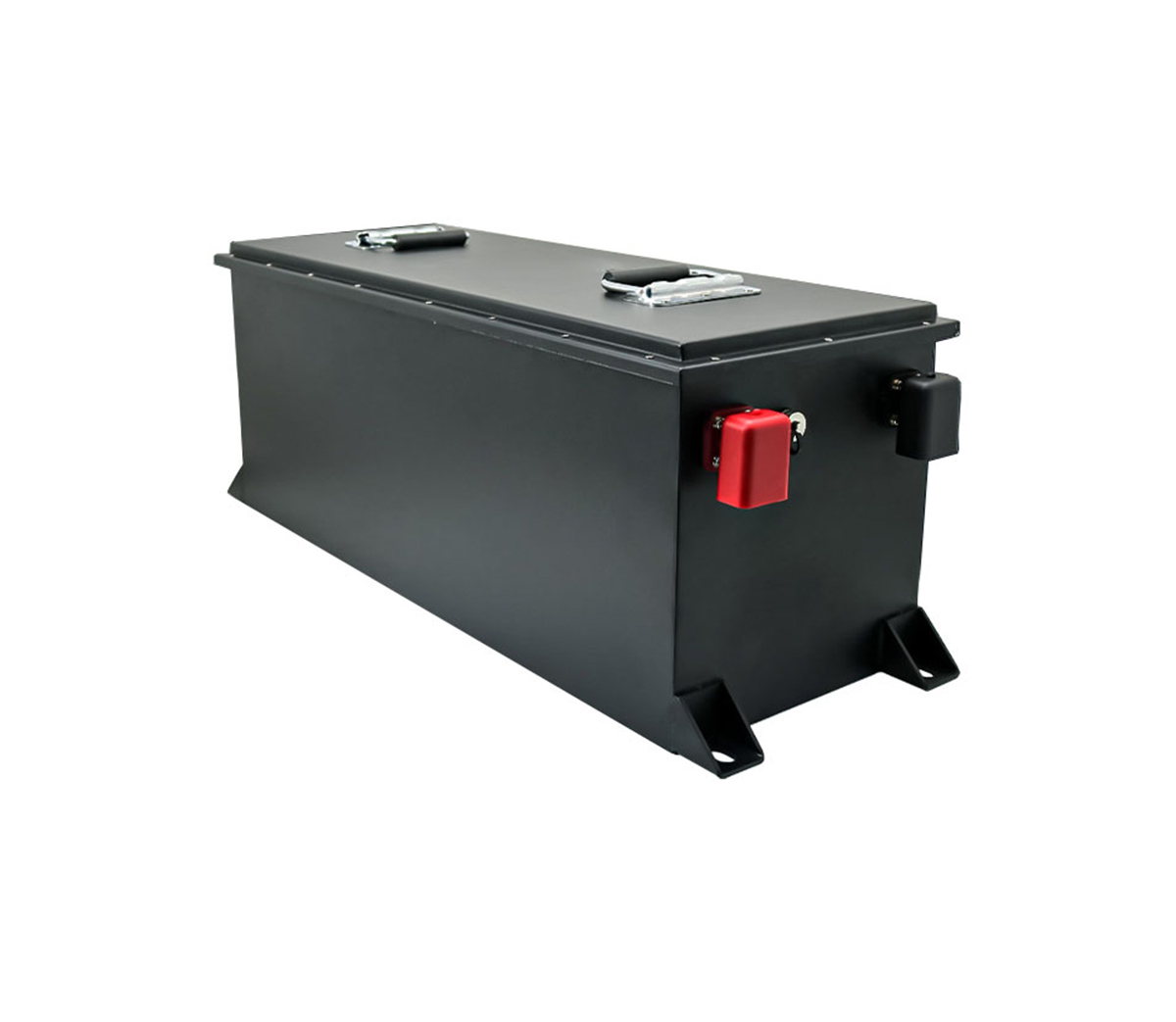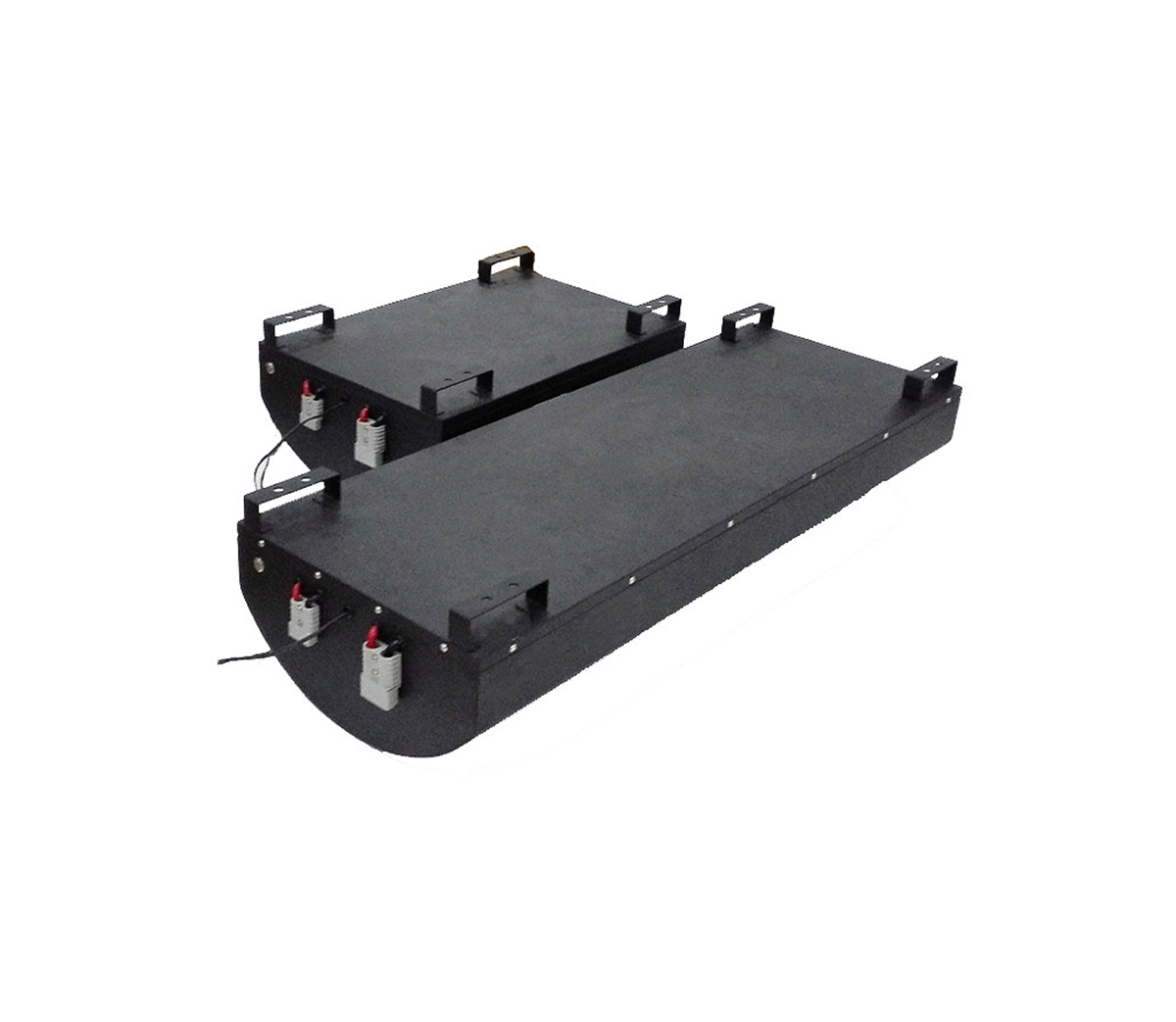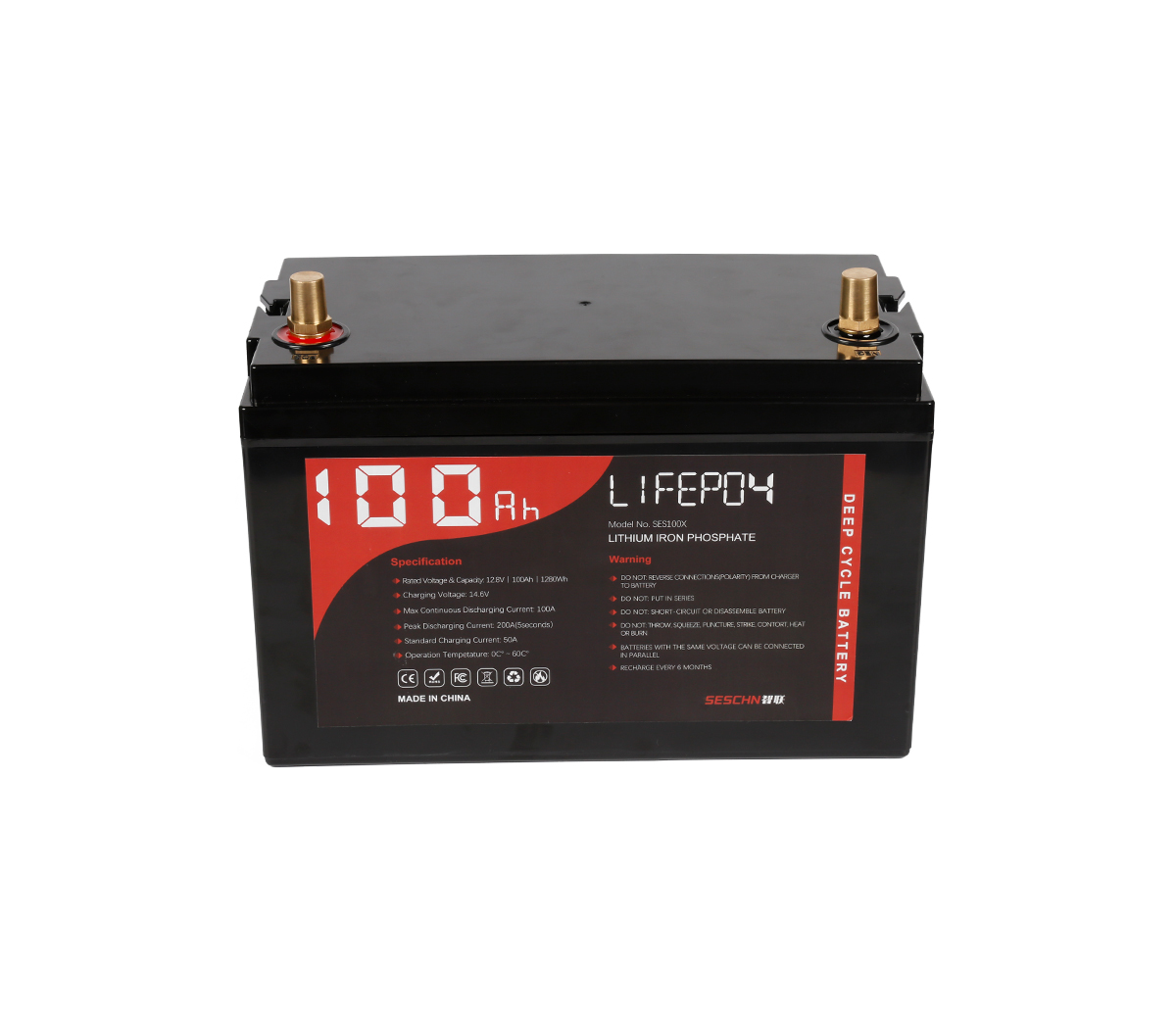
1 High nickel ternary material
Generally speaking, a high-nickel ternary cathode material means that the
mole fraction of nickel in the material is greater than 0.6. Such a ternary
material has the characteristics of high specific capacity and low cost, but
also has low capacity retention and poor thermal stability. defect.
Inventory: Top 10 research developments of ternary materials for lithium
batteries
The material properties can be effectively improved through the improvement
of the preparation process. The micro-nano size and morphological structure of
the particles largely determine the performance of the high nickel ternary
cathode material. Therefore, the current main preparation method is to uniformly
disperse different raw materials and obtain nano spherical particles with a
large specific surface area through different growth mechanisms.
Among the many preparation methods, the combination of co-precipitation
method and high-temperature solid phase method is the current mainstream method.
First, the co-precipitation method is used to obtain a precursor with uniform
raw materials and uniform particle size, and then after high-temperature
calcination to obtain a regular surface morphology, Ternary materials with
easy-to-control processes are currently the main method of industrial
production.
The spray drying method is simpler than the co-precipitation method, and
the preparation speed is faster. The morphology of the obtained material is no
less than that of the co-precipitation method, which has the potential for
further research. The shortcomings of high nickel ternary cathode materials,
such as cation mixing and phase change during charge and discharge, can be
effectively improved through doping modification and coating modification. While
suppressing the occurrence of side reactions and stabilizing the structure,
improving the conductivity, cycle performance, rate performance, storage
performance, and high temperature and high pressure performance will still be a
research hotspot.
2 Lithium-rich ternary materials
The figure below is a schematic diagram of the lithium-rich ternary cathode
material xLi2MnO3˙(1-x)LiMn1/3Ni1/3Co1/3O2(0.1≤x≤0.5). Due to its special
structure, more lithium can be extracted and it has a wide voltage The
advantages of window and high specific volume have been favored by researchers
in recent years.
All of this material has the characteristics of high voltage, and the first
charging and discharging mechanism is different from the subsequent charging:
the first charging will cause structural changes, and this change is reflected
in the charging curve with two different platforms with 4.4V as the boundary.
During the second charging process, the charging curve is different from the
first time because Li2O is irreversibly released from the layered Li2MnO3 during
the first charging process, and the plateau at about 4.5V disappears.
Lithium-rich ternary cathode materials with different structures can be
prepared by solid phase method, sol-gel method, hydrothermal method, spray
pyrolysis method, and co-precipitation method. Among them, the co-precipitation
method is more commonly used, and each Each method has its own advantages and
disadvantages.
Inventory: Top 10 research developments of ternary materials for lithium
batteries
Li-rich ternary materials have shown good application prospects and are one
of the key materials required for the next generation of high-capacity
lithium-ion batteries, but for large-scale applications.
The future research directions of this material are mainly the following
aspects:
(1) Insufficient understanding of the mechanism of deintercalation of
lithium cannot explain the low coulombic efficiency of materials and large
differences in material properties;
(2) The research on doping elements is not sufficient and relatively
single;
(3) The cathode material is corroded by the electrolyte under high voltage,
resulting in poor cycle stability;
(4) There are few commercial applications, and the safety performance is
not comprehensive enough.
3 single crystal ternary cathode material
Under high voltage, with the increase of the number of cycles of lithium
battery ternary materials, the secondary particles or agglomerated single
crystals may be powdered at the interface of the primary particles or separated
in the agglomerated single crystals, causing the internal resistance to increase
and the battery capacity Fast decay and poor circulation.
Single crystal type high voltage ternary material can improve the
efficiency of lithium ion transfer, while reducing the side reaction between the
material and the electrolyte, thereby improving the cycle performance of the
material under high voltage. First, the ternary material precursor was prepared
by the co-precipitation method, and then under the action of the high
temperature solid phase, single crystal LiNi0.5Co0.2Mn0.3O2 was obtained.
This material has a good layered structure. Under 3~4.4V, the 0.1 discharge
specific capacity of the button battery can reach 186.7mAh/g, and the discharge
specific capacity of the full battery after 1300 cycles is still 98% of the
initial discharge capacity. , Is a ternary cathode composite material with
excellent electrochemical performance.
Xinzheng Lithium uses a unique preparation process to design and assemble
an advanced lithium-ion battery cathode material production line. It is the
first large-scale production of micron-sized single crystal particles of
modified spinel lithium manganate and nickel cobalt manganese acid in the world.
Lithium ternary cathode materials have reached an annual production capacity of
500 tons.
Inventory: Top 10 research developments of ternary materials for lithium
batteries
Graphene has a two-dimensional structure with a single layer of atomic
thickness, stable structure, and electrical conductivity of up to 1×106S/m.
Graphene has the following advantages when used in lithium-ion batteries: ①Good
electrical and thermal conductivity, which helps to improve the rate performance
and safety of the battery; ②Compared with graphite, graphene has more lithium
storage space, which can increase the energy density of the battery; ③The
particle size is on the order of micro-nano, and the diffusion path of lithium
ions is short, which is beneficial to improve the power performance of the
battery.
The JAN research group used the grinding method to first mix graphene and
811 ternary materials, then stir at 50°C for 8 hours, and then dry to obtain
graphene/811 composite materials. Due to the modification effect of graphene,
the capacity, cycle stability and rate performance of the positive electrode
material have been significantly improved.
Wang added graphene when preparing the ternary precursor by the
precipitation method. The addition of the lamellar graphene to its cavity
structure reduces the agglomeration of primary particles and relieves the
external pressure to reduce the crushing of the secondary particles. The
three-dimensional conductivity of graphene The network improves the material's
high rate and cycle performance.
Inventory: Top 10 research developments of ternary materials for lithium
batteries
5 high voltage electrolyte
Ternary materials have received more and more attention and research due to
their high voltage windows. However, due to the low electrochemical stability
window of current commercial carbonate-based electrolytes, high-voltage cathode
materials have not yet been industrialized.
When the battery voltage reaches about 4.5 (vs.Li/Li+), the electrolyte
will begin to undergo violent oxidation and decomposition, causing the battery's
lithium intercalation and desorption reaction to fail to proceed normally.
Improving the stability of the electrode/electrolyte interface through the
development and application of new high-pressure electrolyte systems or
high-pressure film-forming additives is an effective way to develop high-voltage
electrolytes.
Inventory: Top 10 research developments of ternary materials for lithium
batteries



































